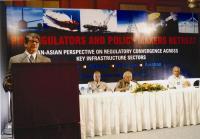
The Gathering in Goa
The "9th Regulators and Policy Maker Retreat" at the Hotel Marriot Resort in Goa was an astonishing event. Organised by the IPPAI (Independent Power producers Association of India), endorsed and supported by the IPPF, this was beyond the intimate compact gathering implied by the word "Retreat". It was a full blown conference of major proportions incorporating key themes of vital importance. Subtitled "Pan-Asian Perspective on Regulatory Convergence Across Key Infrastructure Sectors". Under this cross-sector banner, the IPPAI's Goa conference drew an amazing array of top experts from three key sectors: power, oil & gas, energy, etc., telecommunications and aviation.
The rationale behind combining these industries is the vital link between energy and other key sectors along with a growing imperative that regulatory regimes "should not do not function in isolation of each other".
Decisions in one sector often have a direct impact on other sectors. To assure a more holistic and progressive overall governance, there must be an improvement in regulatory interaction and cooperation.
A Dramatic Backdrop
The IPPF was invited to participate further by providing a number of leading
members drawn from the Far East (China) the Far Far West (Abu Dhabi) and other Asian centers where there are active IPPF Chapters.
The Retreat opened against the very positive back drop of the Indian Government winning a vital vote of confidence on the US / India Nuclear deal (July 20th). The "East-West" Center's "Senior Fellow" Mr. Shabbur Cheema recently commented on the "positive impact" that the Nuclear Agreement delivers in terms of firmly setting India on the path of greater cross-border, bi-lateral and multi-national cooperation.
While this particular occurrence in New Delhi contributed to the positive and optimistic atmosphere at the IPPAI retreat, the terrorist actions in Bangalore and Hyderabad that occurred at the same time served as a reminder that we continue to live in dangerous times.
While the world's largest social democracy, India, comes to terms with how to accelerate development in a measured and sustainable manner, Pakistan's problems flow over the border. "Pakistan's long-term stability is more important for the region than any short term victory against Islamic militants on the Afghan border" according the East-West Centre. "the root course of instability is the India-Pakistan conflict".
A patient approach by both the U.S. and India is required. The IPPAI event in Goa contributed toward the cause of peaceful solutions by including a number of leading Pakistan power and energy decision-makers in the conference stream.
Pakistan is a potential recipient of important Indian infrastructure investment which is unfortunately almost impossible given the current political climate. Yet Pakistan continues to attract international investments in power from elsewhere.
AEI Asia, a Hong Kong based power generator (subsidiary of Ashmore Energy in Houston) has just announced a major investment in Pakistan.
With China walled off to all but the most persistent (and skillful) foreign power investors, a growing list of international players look to India as the best target in which to place their power bets.
Certain Indian state governments maintain aggressive "inward investment" marketing efforts. The welcome mat is now out for a while range of global players who previously were not welcome for reasons of ultra-nationalism and ideology (remember Krishna Menon?) From I.T. to auto-motive, from appliances to aero-space, the door is opening but to what and where? It is a bit like the civic boosters in China's Pan-Pearl River Delta, who keep changing the subject when investors ask about dependable access to electric power.
The Big Reality Check
The AESIEP Goldbook 2008 lists India's installed capacity at 123,000MW on its opening profile table which accompanies the country article where the figure of 124,569MW is listed. It is our assumption that the table figure was from 2006 while the 124.5 GW in the article was from 2007.
The World Bank's Sustainable Development "Report of June 2007 put India's installed capacity at 124,287MW. The IPPAI conference book shows the following for installed capacity with "as-of-dates" 143,331MW as of April, 2008 according to the ABPS Infrastructure Advisory Pvt. Ltd. 144,564MW according to India's Ministry of Power in the Spring of 2008. This figure breaks down to a dismal 612KWH as opposed to the world average of 2,596KWH, China's1,662KWH and America's 13,268KWH.
The IPPF guesstimate for India's installed capacity is at this writing around 148,000MW. India's central government trumpets the "power for everyone" slogan. Let's get real, the USA's 330 million overly fed citizens enjoy a steady flat 865,000MW, enough to supply "the good life" for all those that can afford it. China's installed capacity is growing at approximately 100,000MW per annum, it just passed 780,000MW and will catch up with the USA before the end of 2009. However, to deliver the "good life" for President Hu's "Harmonious Society" and its 1,300,000,000 citizens China will need over 3,400,000MW. This is assuming of course that the Beijing dictatorship is able to maintain its "one child" policy which is doubtful given the social time bomb and demographic imbalance that it's producing.
So, what must the world's biggest ( and possibly sloppiest* ) social democracy do to catch up?
With an exploding population that will soon pass China with only 19% of China's installed capacity, how will India ever be able to come near catching up? The "power for everyone" program is strictly (the writers opinion) "pie in the sky". It calls for an increase of installed capacity to 200,000MW. Big Deal! By the time that happens, India will still have less than 20% of China's electric power! China's capital expenditure on Infrastructure is four currently times that of India's.
For the sake of maintaining and developing the world's largest social democracy, India must galvanize the political will to bite the bullet on regional disputes and then move on and up with a dedicated nationwide program to "Catch up with China"!


















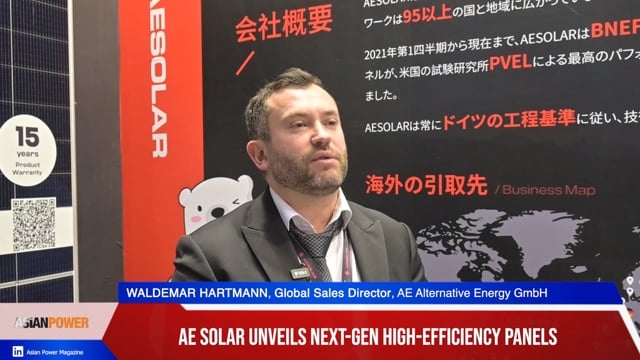
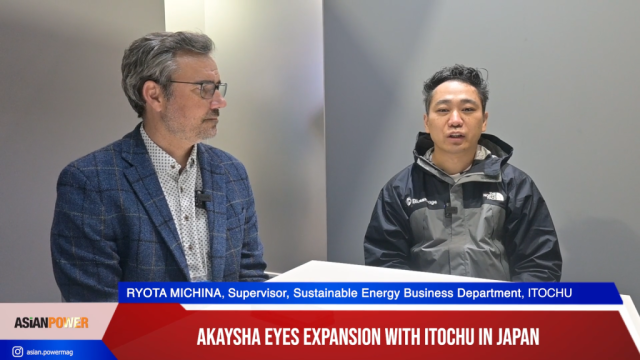
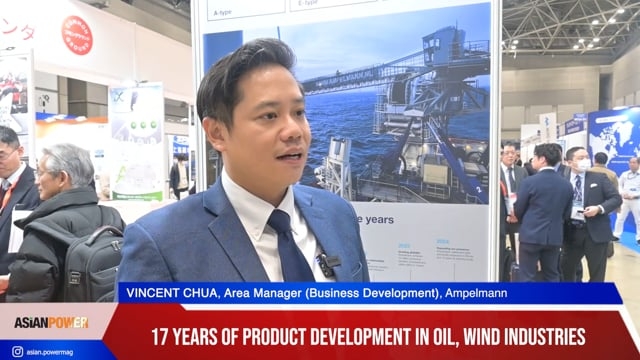
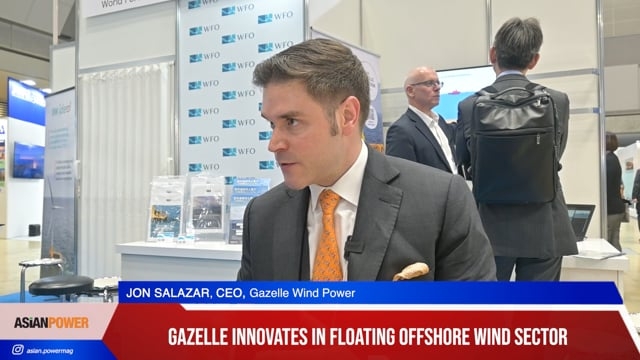

 Advertise
Advertise








